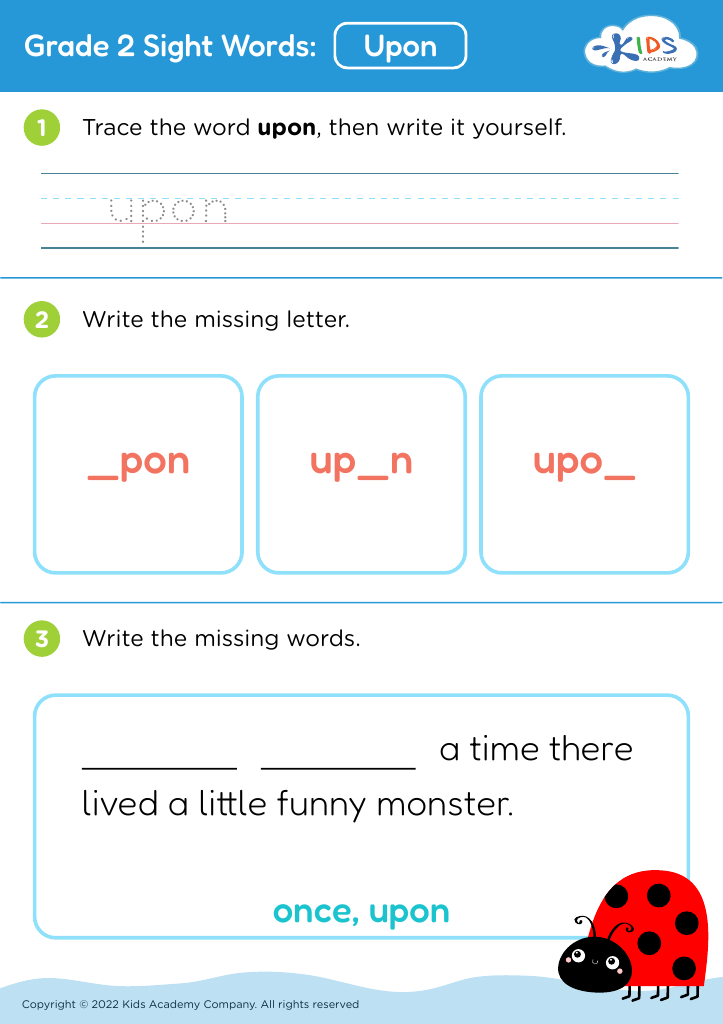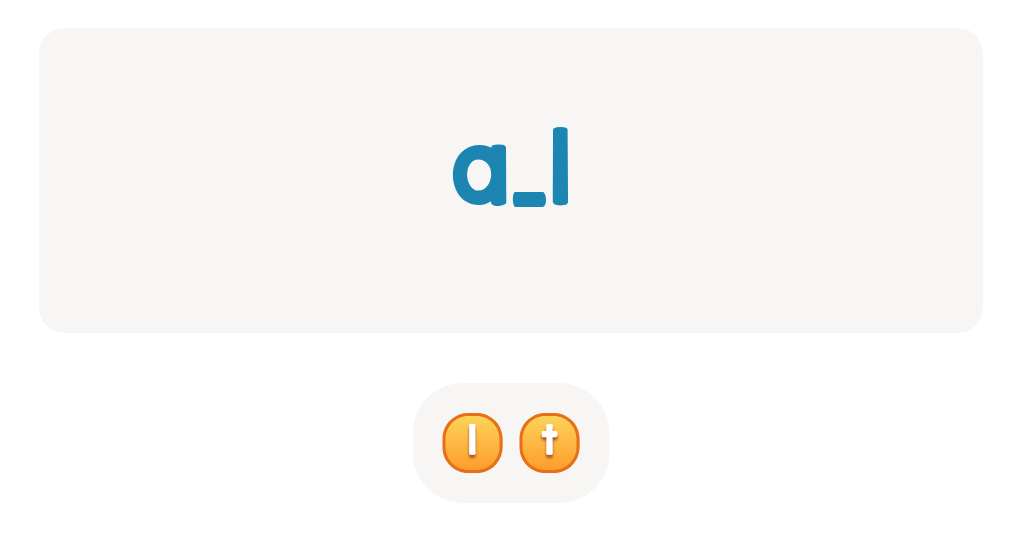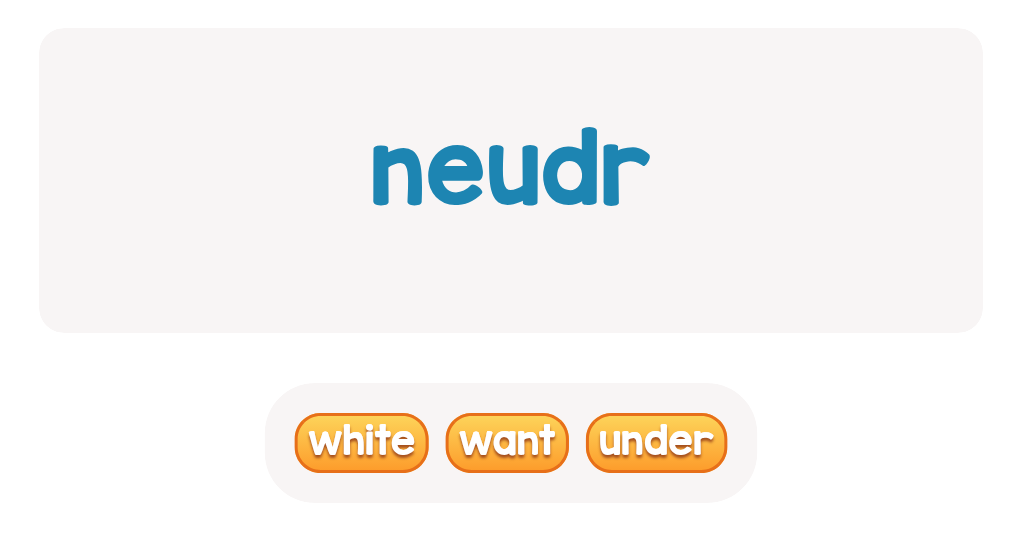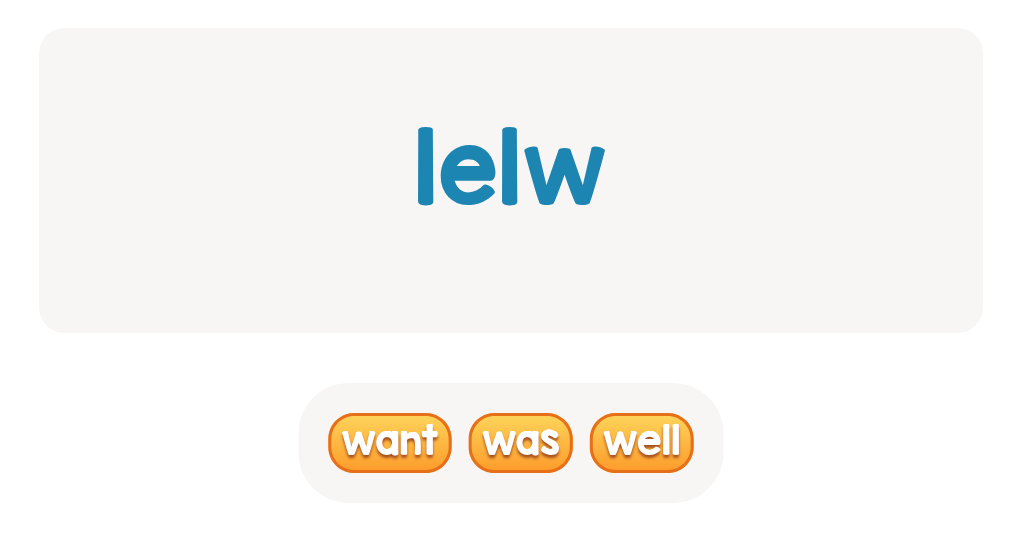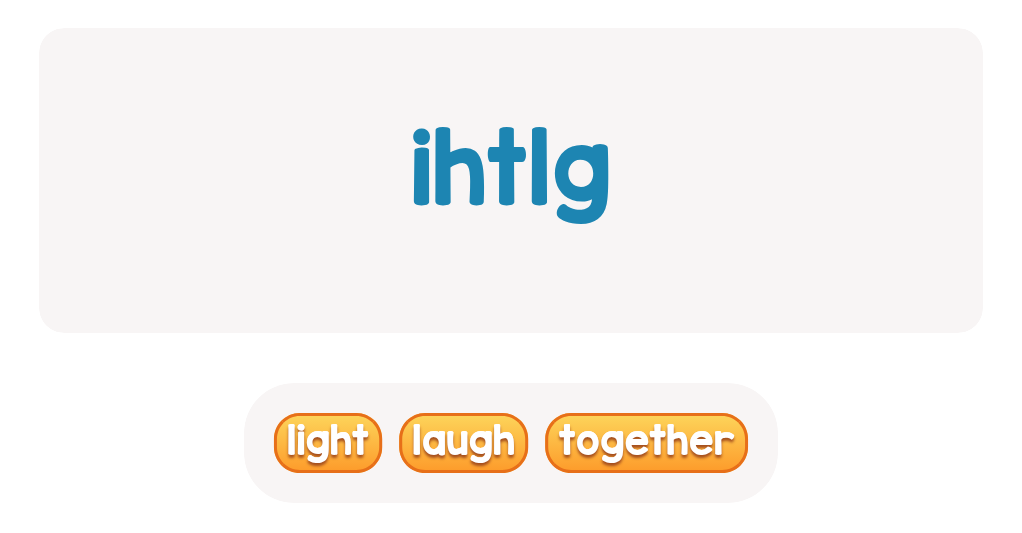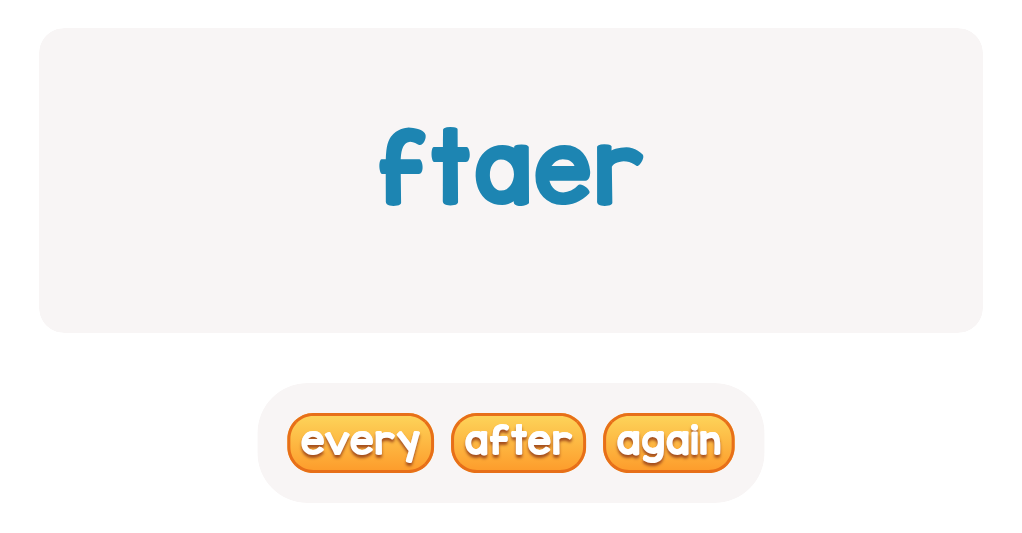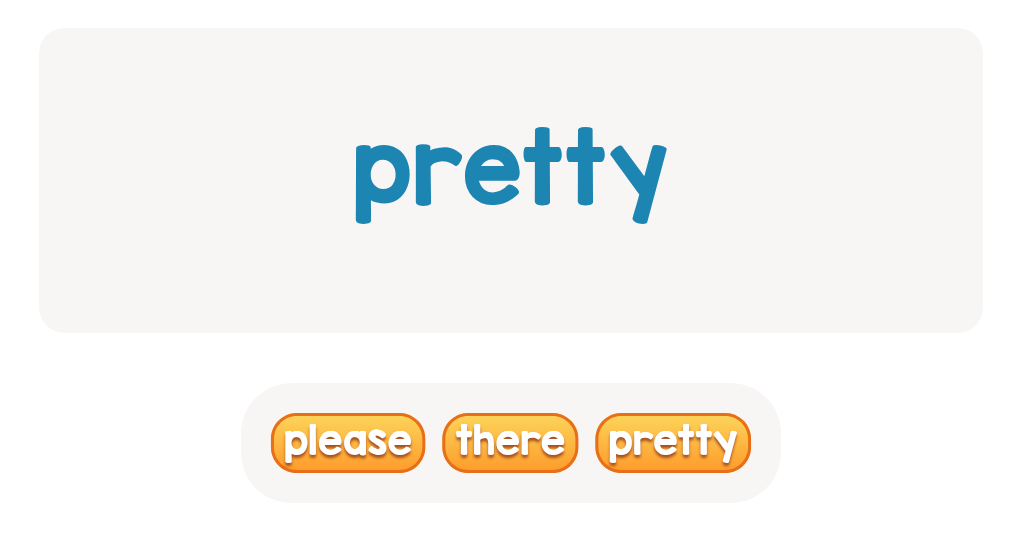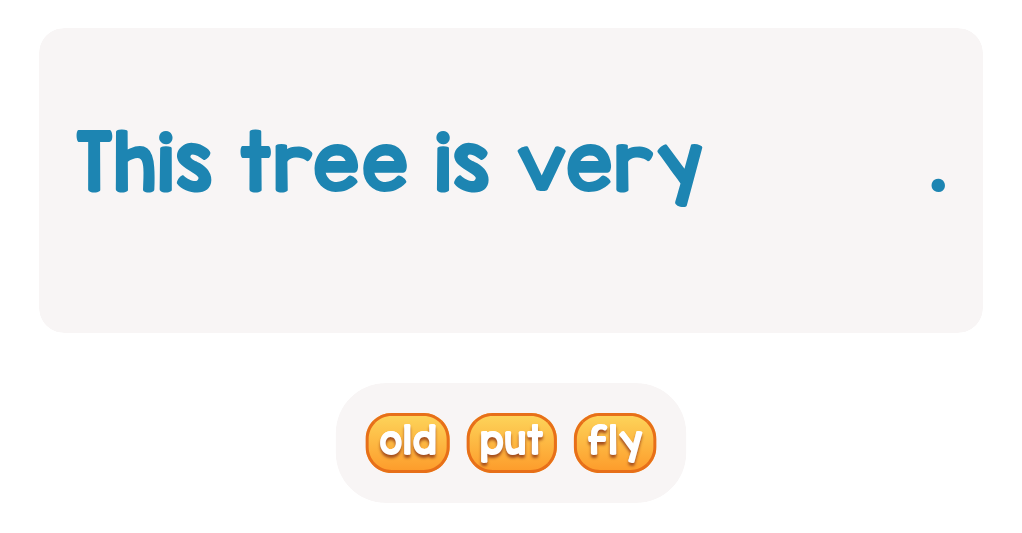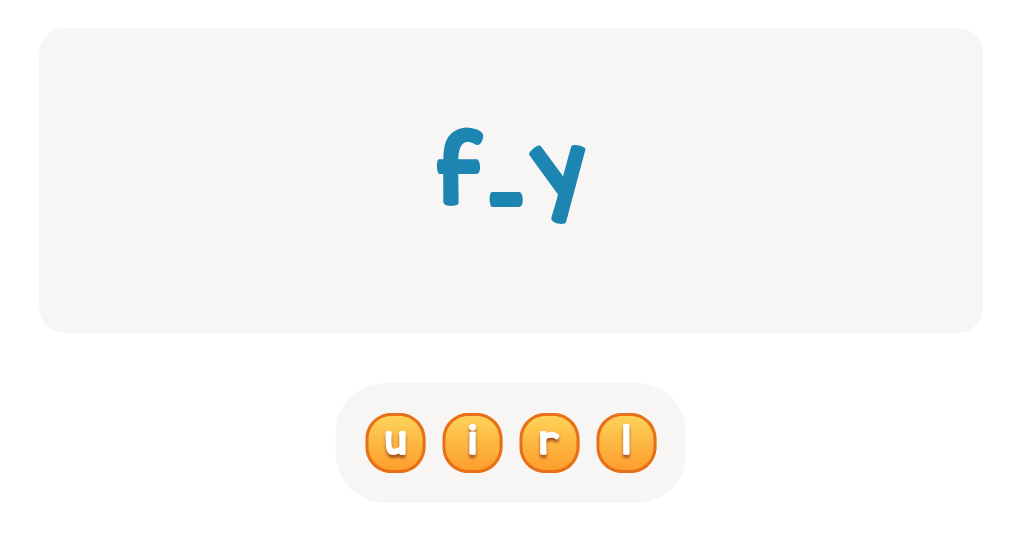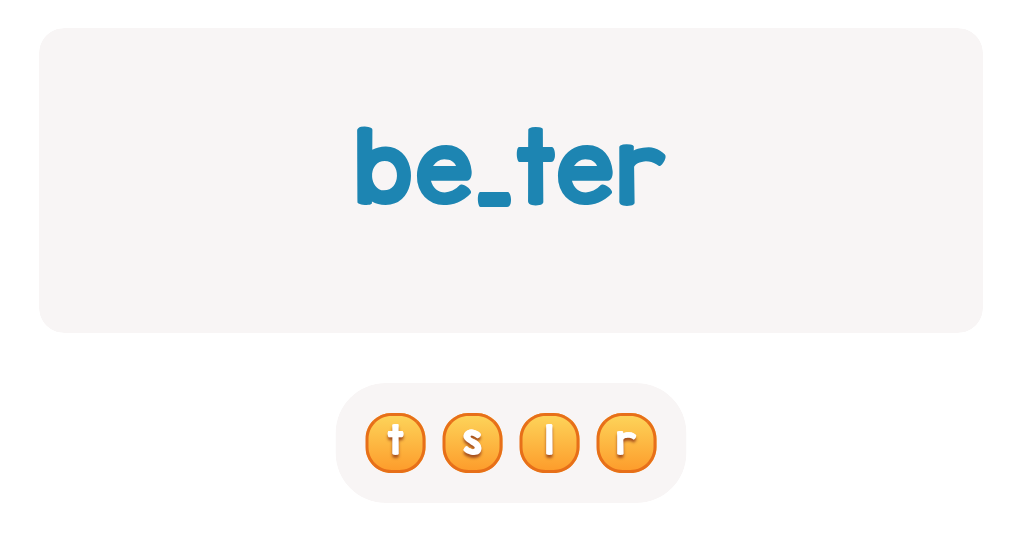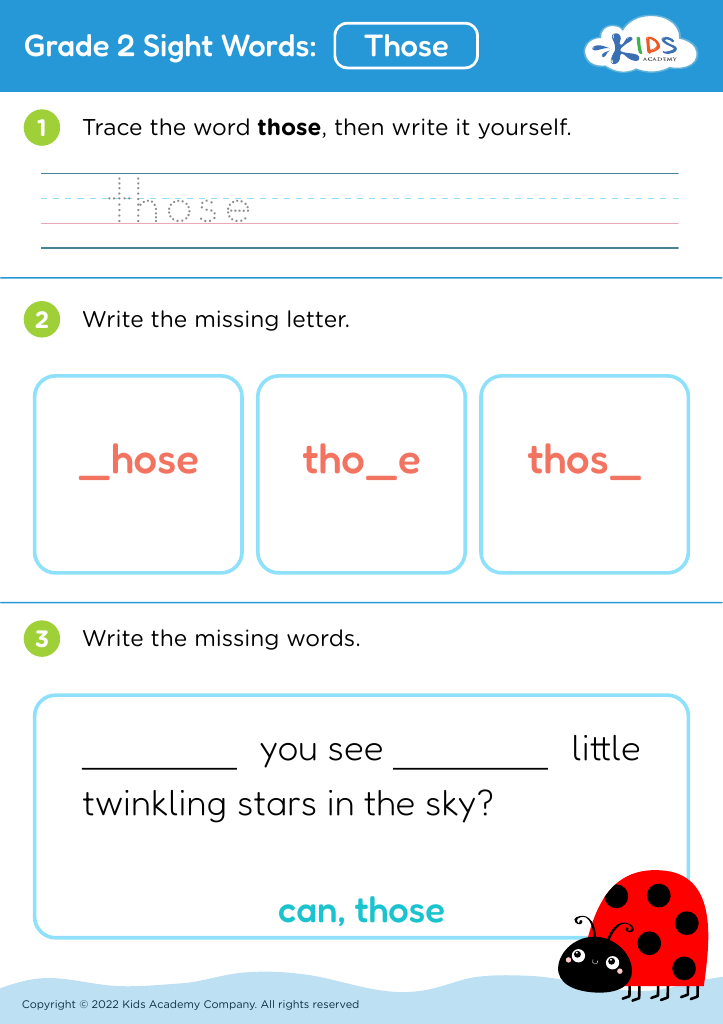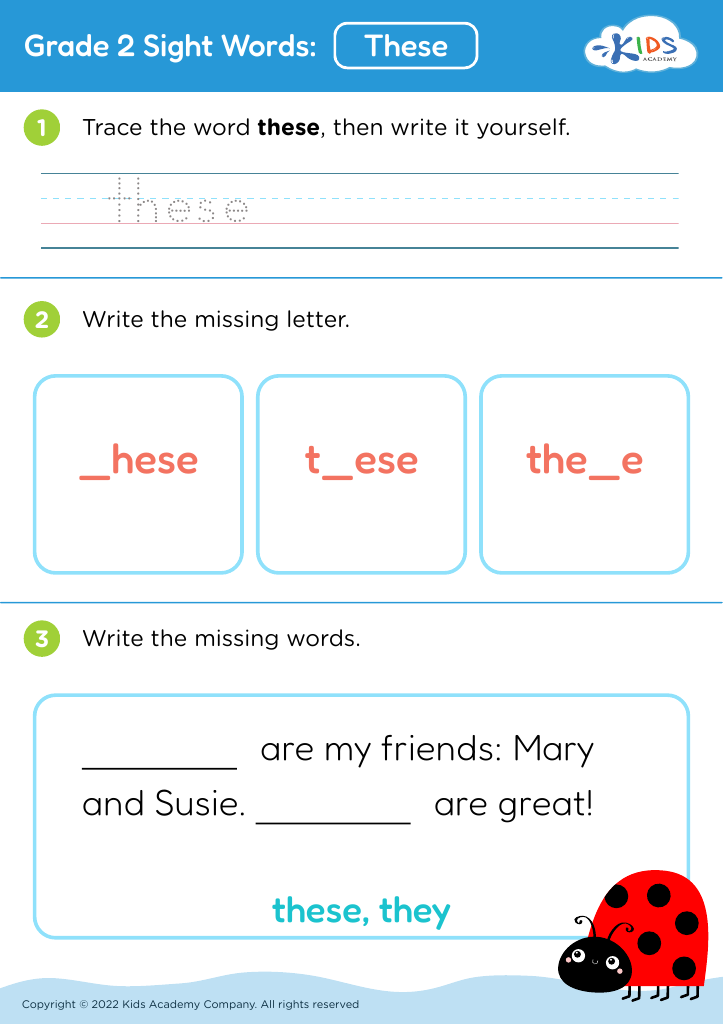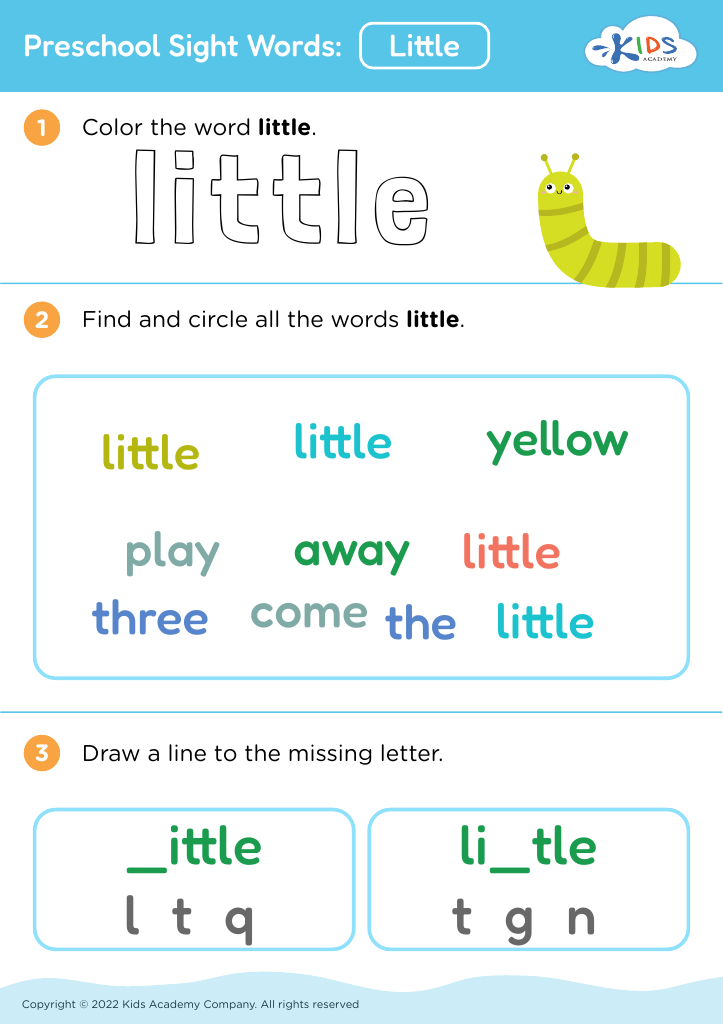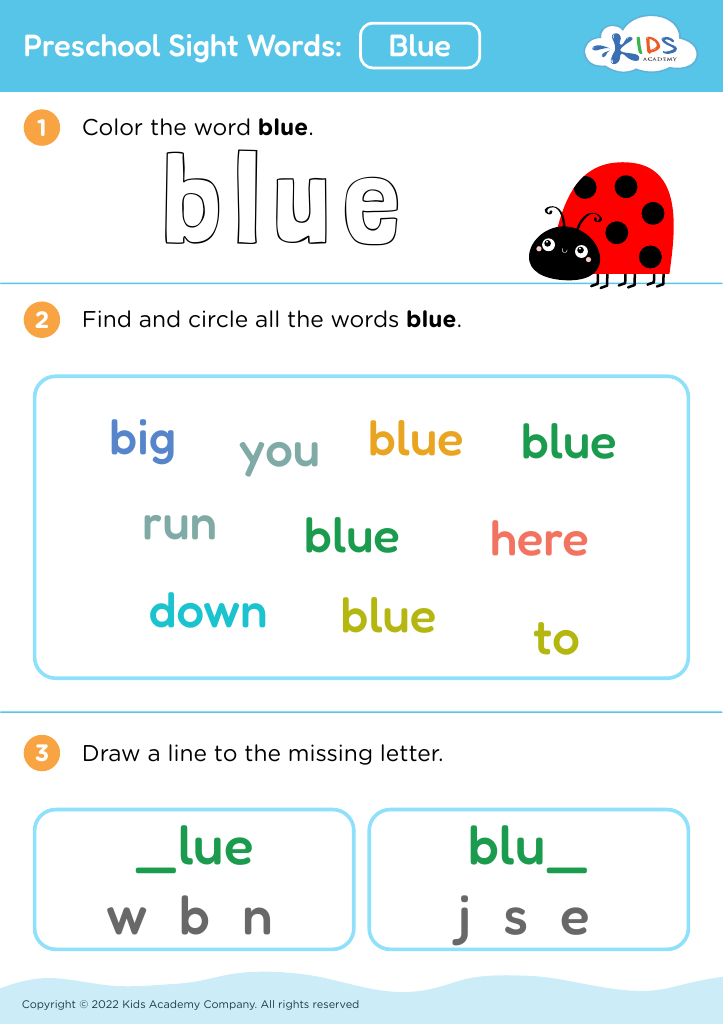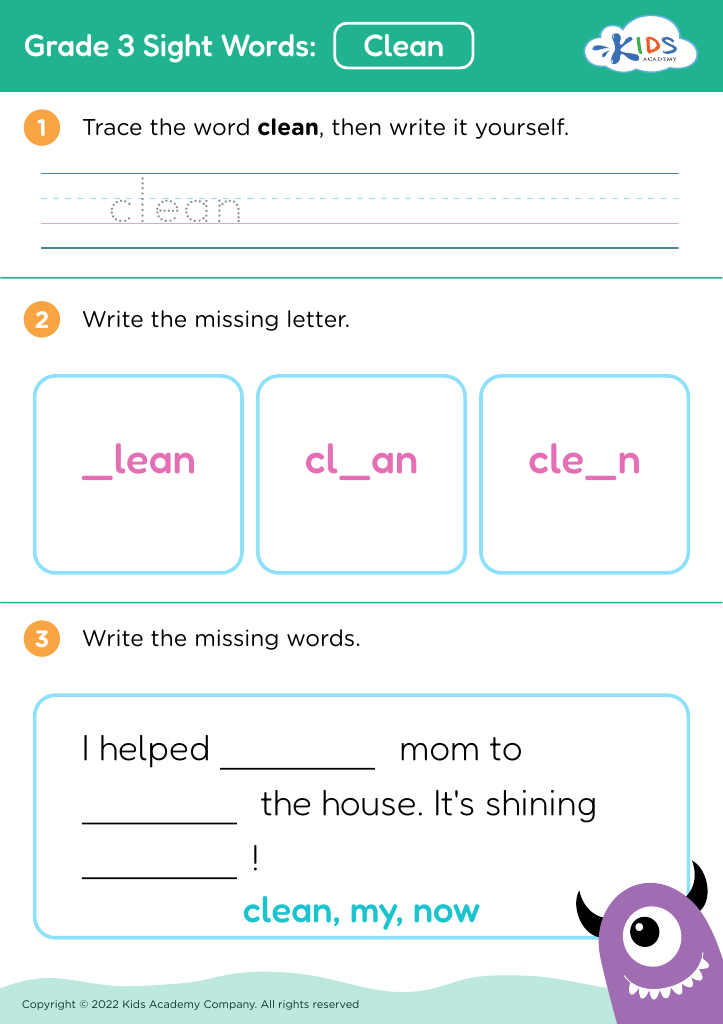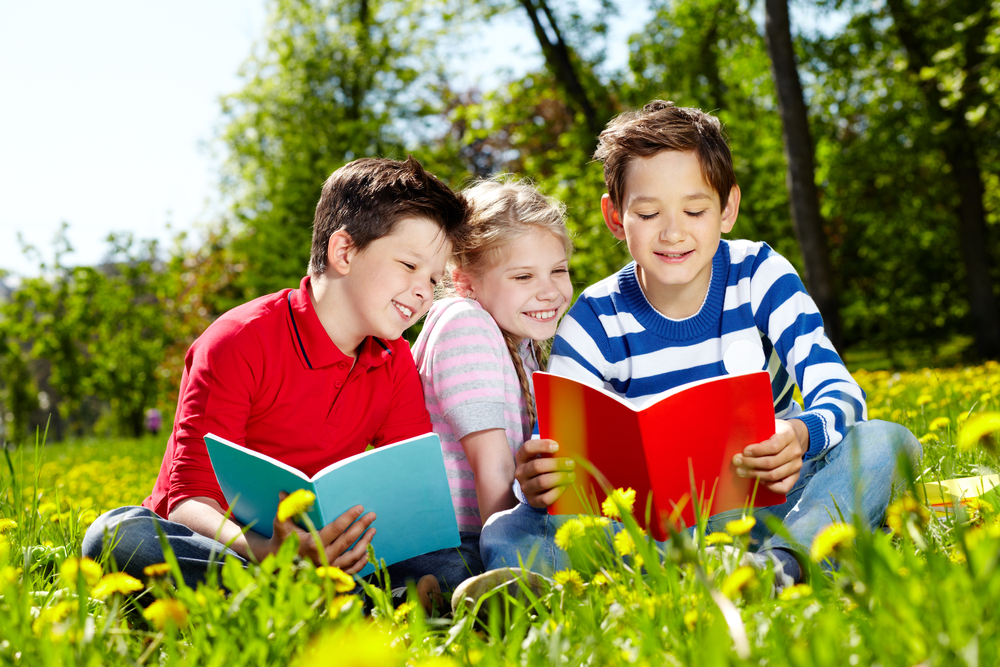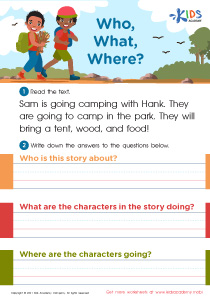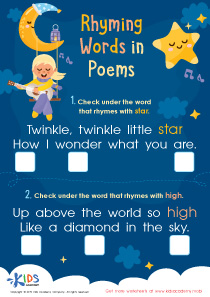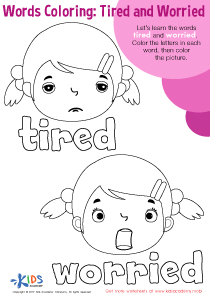Shape Recognition Building Vocabulary Worksheets
7 filtered results
-
From - To
Discover the perfect resource for early learners with our Shape Recognition Building Vocabulary Worksheets! Designed to make learning fun and interactive, these educational worksheets help children identify various shapes while expanding their vocabulary. Featuring colorful illustrations and engaging activities, each sheet encourages kids to recognize and name common shapes. By integrating shape recognition with vocabulary building, these worksheets enhance cognitive development, critical thinking, and language skills. Perfect for classroom or at-home learning, our worksheets provide a strong foundation for future success in reading and math. Empower your child’s learning journey with our expertly crafted Shape Recognition Building Vocabulary Worksheets!
Shape recognition plays a crucial role in early childhood development and sets a foundation for future learning. For both parents and teachers, encouraging shape recognition and building shape-related vocabulary is paramount.
Firstly, identifying and distinguishing different shapes helps children develop visual processing skills. This is fundamental for reading and writing, as letters and numbers themselves are essentially combinations of shapes. Improved visual processing also aids children in recognizing patterns, which is vital in developing critical thinking and problem-solving abilities.
Secondly, discussing shapes enhances children's linguistic and verbal skills. When children learn words like "circle," "square," and "triangle," they not only expand their vocabulary but also learn how to communicate descriptive information more effectively. This lays the groundwork for complex sentences and coherent expression of thoughts.
Furthermore, shape recognition integrates seamlessly with mathematical concepts such as geometry. Understanding shapes and their properties aids in grasping more complicated mathematical ideas later on. It also promotes spatial awareness, helping children understand and interpret the world around them better.
Lastly, promoting shape recognition can make learning more engaging and fun. Activities like drawing, building with blocks, or sorting objects by shape can be enjoyable while also being educational.
In summary, fostering shape recognition and vocabulary development equips children with essential cognitive, linguistic, and mathematical skills, giving them a solid foundation for academic success and everyday problem-solving.
